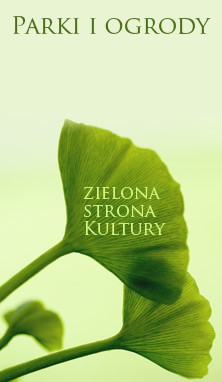Still Life with a Silver Beaker
karta katalogowa kolekcji
Malarstwo
Simon Luttichuys (1610-1661)
Holland
before 1661
Oil, board
49 x 36.9 cm
Signature: S. L. F. (in the top right-hand corner)
Wil. 1682
Simon Luttichuys, the elder brother of the portraitist Isaac Luttichuys, was probably a disciple of the still life painter Jan Janszoon Treck in Amsterdam, and his Still Life with a Silver Beaker should probably be associated with the Amsterdam art circles. The way he depicts certain motifs and shapes seems to betray similarities to the art of Jan Davidszoon de Heem, who influenced Luttichuys in the 1650s. The authorship of this painting has been variously attributed to Willem Claesz Heda and Thiérry de Mass, but the signature proves it to be a Luttichuys work.
The charm of this simple, lyrical picture consists in the natural arrangement of the objects into a clear and strikingly sparing composition. The artist's reticence lends a new power of expression to the familiar objects frequently found in the art of the day. When caught up in the tangled web of their formal and symbolic relationships, such typical still life accessories are usually devoid of individuality but in this quiet composition they seem to have a glow of their own. The precise execution of the details does not impair the clarity and legibility of the painting, which is thrust into prominence by the use of a conventional, neutral background.
The Still Life offers ample evidence of Luttichuys's subtle brushwork and his sensitive handling of colour. The gentle shades of orange contrasted with the deep green of the velvet are the only stronger accent in the painting's muted colour scheme. The objects are lit in their semi-darkness by diagonal rays of sunlight to bring out their optical characteristics. Depending on texture and colour, each object catches the light in a different way. The sunlight glances off the surface of the beaker to throw into relief its delicate engraving, plays on the edge of the tray and reflects the props in its silver mirror, sinks in the softness of the velvet. The illusion of tangibility is heightened by the intense flashes of mutually reflecting silver surfaces arranged with a remarkable discipline. Luttichuys engages in a play with the texture of the objects to reverse the accustomed order of viewing habits: his mother-of-pearl knife handle taken on a matt shine that darkens its blade, and his crystal goblet is impressively swathed in darkness.
In still lives, it is often impossible to trace a neat dividing line between the symbolic and the purely decorative. If the Wilanów painting is supposed to have a moral message, it could run as follows: "Inanimate objects are always irreproachably in order ... to teach us a lesson by rebuking our unsettledness."
Dominika Walawender-Musz

















